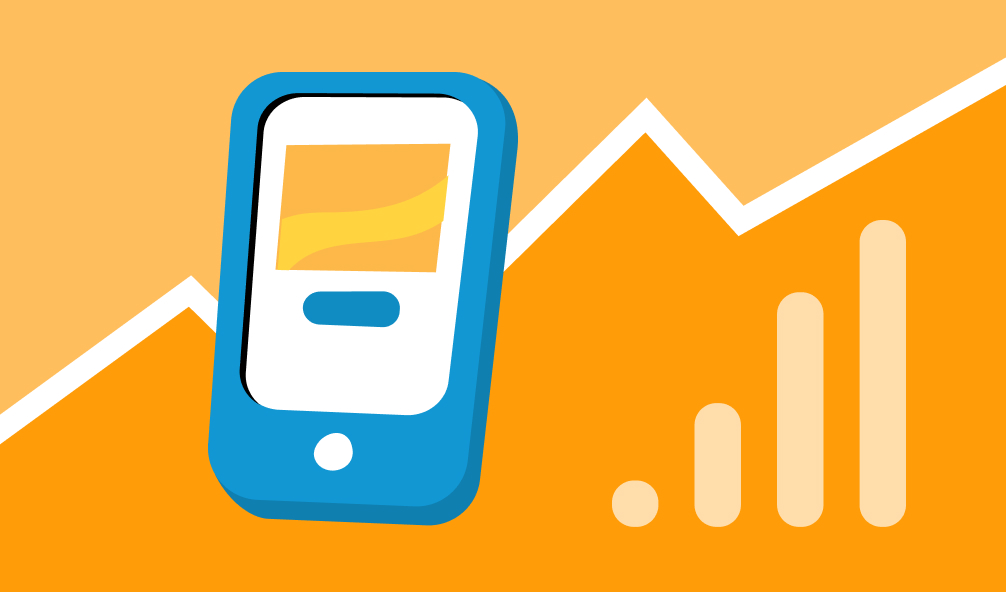Every great product begins with a vision. A vision for seamless interaction, delighted users, and business growth fueled by intuitive design. But somewhere between the wireframes and the real-world product, things can go awry. Friction points emerge. Users hesitate. They abandon tasks, leaving teams wondering: What went wrong?
Traditionally, UX research has been reactive. Teams rely on post-launch feedback, support tickets, and occasional usability studies to identify issues. This lag between problem and resolution can cost users, revenue, and reputation. But what if there were a way to continuously observe the health of your user experience in real time—before issues snowball?
This is where UX observability comes in, a proactive approach that gives teams visibility into how users interact with their products every step of the way.
The Power of UX Observability
Unlike conventional analytics, which may focus on isolated metrics, UX observability provides a holistic view of user interactions. Marketers have tools to track conversion rates and campaign performance, while engineers rely on systems that monitor every aspect of their codebase. Yet, UX teams often lack comparable tools to track the metrics that matter most to understanding and improving the health of their product’s user experience.
UX observability fills this gap. It enables teams to monitor user behavior in real-time, identify friction points, and understand the context behind user actions. This continuous monitoring allows for immediate detection and resolution of usability issues, ensuring that the product evolves in alignment with user needs.
Real-World Success: Netflix’s Observability in Action
Consider Netflix, a company renowned for its exceptional user experience. With over 200 million members worldwide, Netflix must ensure a seamless viewing experience across diverse devices and platforms. To achieve this, Netflix implemented an observability strategy powered by real-time analytics tools. This system monitors the performance of over 300 million devices, tracking metrics like streaming quality and interaction flow.
By continuously observing how users interact with their platform, Netflix identified critical friction points, such as buffering delays during peak usage times. This insight enabled them to optimize their content delivery systems, ensuring high-quality streaming and reducing user drop-off rates.
Through this proactive approach, Netflix didn’t just resolve issues—they reinforced their reputation as a platform that understands and prioritizes its users.
Why Observability Matters
Observability isn’t just a tool; it’s a mindset. It shifts teams from reactive problem-solving to proactive user advocacy. This approach allows companies to:
- Catch issues early: Address friction points before they escalate.
- Understand real-world behavior: See how users interact with your product in natural, unscripted settings.
- Make data-driven decisions: Empower teams to focus on changes that truly matter to users.
The Value of Proactive UX Health Monitoring
When you can see your product through your users’ eyes, everything changes. UX teams currently rely on usability testing with small samples, surveys, and focus groups during the design process to gather insights. While these methods are valuable, they often fail to capture the complete picture once the product is released. Post-launch, these teams lack the systems to continuously monitor and understand how real users interact with the product in their natural environments. Teams feel confident knowing they have the insights needed to make informed decisions. Users feel valued because their needs are consistently met—often before they even voice them. This continuous improvement builds trust, loyalty, and ultimately, success.
Transforming Belief into Action
To embrace UX observability is to believe in the potential of your product and your team. It requires bold steps, such as integrating new tools and fostering a culture of user-centric decision-making. But the rewards are worth it—better products, happier users, and a team that knows their work makes a difference.
Here are actionable steps to begin:
- Invest in Tools for Real-Time Insights: Choose platforms that provide comprehensive user interaction data.
- Foster Collaboration: Ensure that insights are accessible across design, product, and development teams.
- Commit to Iteration: Make continuous improvement a cornerstone of your product strategy.
Moving Forward
The future of digital products lies in understanding users better than ever before. Observability into UX health isn’t just a method; it’s a movement toward creating products that users love and teams are proud of.
The most effective UX teams take this a step further by making UX research and the monitoring of UX health a proactive activity. These teams don’t just wait for feedback or support tickets—they actively track how users interact with their product in real time, continuously improving their designs based on real-world behavior. For designers, this approach isn’t just about data; it’s about connecting with the users on a deeper level and knowing that your work actively enhances someone’s experience.
Are you ready to embrace this future? With proactive insights and a commitment to continuous improvement, you can create experiences that stand out in a crowded market. Together, let’s build products that don’t just work but thrive in the hands of users.

